The Column of Arcadius, a monumental structure in the heart of Byzantine Constantinople, stands as a testament to the grandeur and complexities of the late Roman Empire. Commissioned by Emperor Arcadius, this towering column was designed to honor his reign, yet it also provides a rich glimpse into the intersection of military might, imperial power, and religious symbolism in the Byzantine world. Though much of the column is lost to time, its remnants continue to stir the imaginations of archaeologists, historians, and visitors alike.
Architectural Features and Design
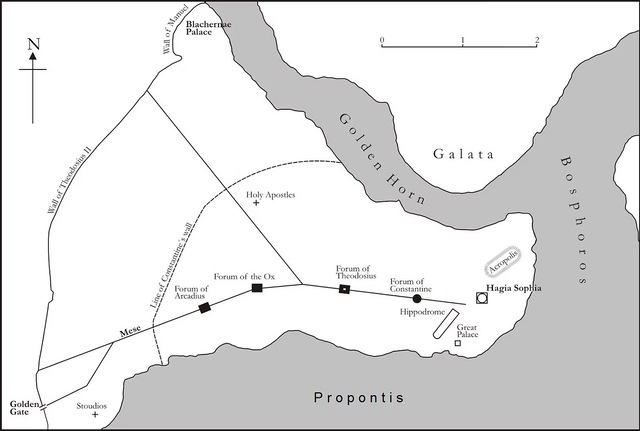
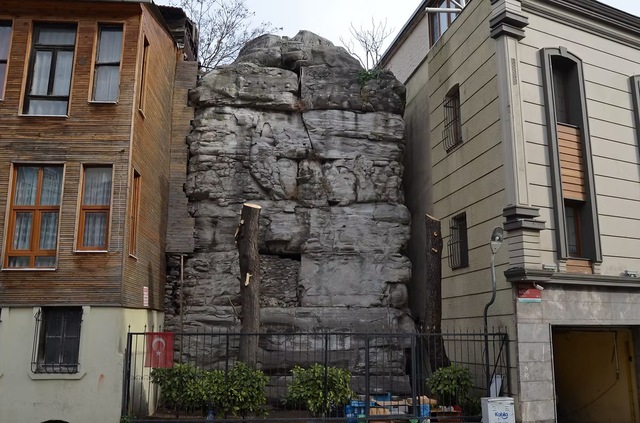
The Column of Arcadius was an imposing structure that reached an estimated height of 40 meters, almost equivalent to the Column of Marcus Aurelius in Rome. The column was set on a square pedestal adorned with spiral reliefs, resembling earlier Roman triumphal columns like those of Trajan and Marcus Aurelius. Its grandeur was accentuated by the colossal statue of Emperor Arcadius, which once stood proudly at the top, symbolizing imperial authority.



The column’s design was not merely for decoration but reflected the careful planning and execution characteristic of Byzantine architecture. The pedestal alone, still partially standing at 11 meters high, reveals the ambitious nature of the project. It was composed of large marble blocks, and the decorative features on the pedestal included figures of river gods, garlands, and eagles. This juxtaposition of elaborate artistry and function highlights the Byzantine’s deep connection to both secular and sacred elements in their architecture.
Video
Watch the video about the Column of Arcadius.
Iconography and Symbolism
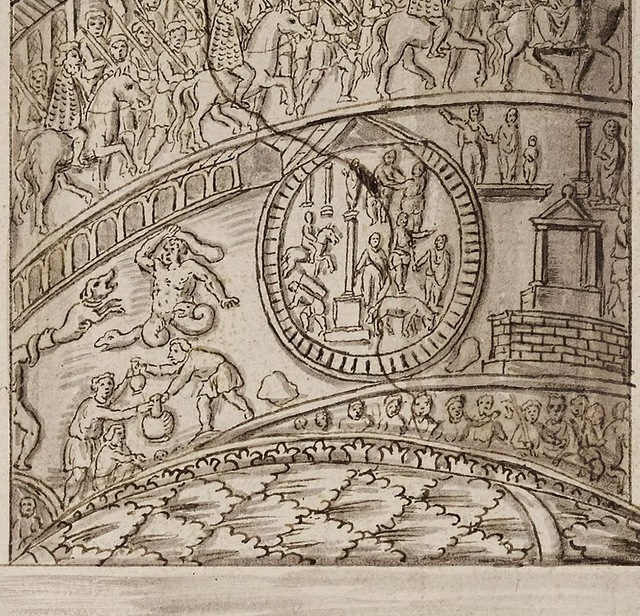
One of the most striking features of the Column of Arcadius was the intricate reliefs that adorned its surface. The spiral reliefs, arranged in a narrative sequence, depicted major military events during Arcadius’ reign, particularly his victories over the Goths. These scenes, which include both land and sea battles, were a visual recounting of the emperor’s military successes and were intended to convey the might and stability of his rule.
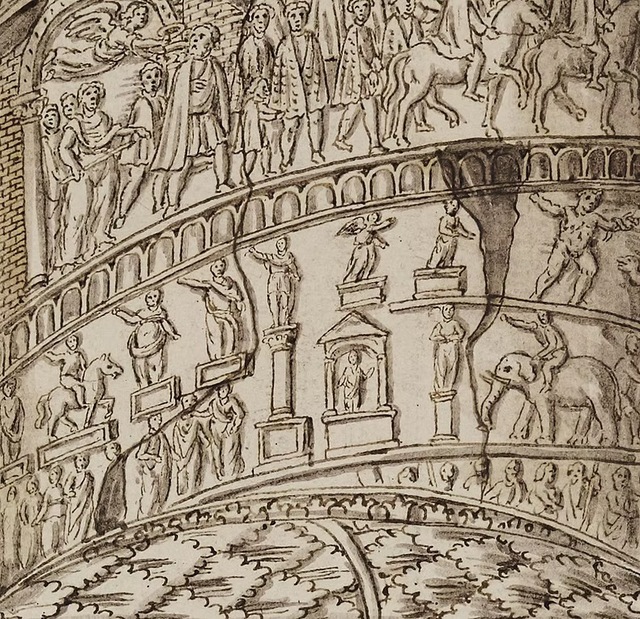
Yet, unlike its Roman predecessors, the Column of Arcadius introduced Christian symbolism into the narrative. On the pedestal, Arcadius is shown with his brother Honorius, highlighting the unity of the East and West Roman Empire. The reliefs on the east side depict the emperors as consuls, while the south side portrays them as victorious generals, standing triumphant over their enemies. The inclusion of Christian symbols such as the Chi-Rho and a Latin cross entwined with angels signifies the intertwining of imperial power with divine favor—a theme that would resonate throughout Byzantine rule.
The Statue of Arcadius and Its Significance

Atop the column once stood a colossal statue of Emperor Arcadius, an imposing figure meant to embody the emperor’s power and the imperial ideology of the time. The statue’s material remains unknown, but it is believed to have been a massive bronze representation, similar to statues of other emperors like Theodosius. Historical sources describe the statue as being a symbol of divine protection, a key theme in Byzantine imperial ideology.
Unfortunately, the statue of Arcadius was lost to time. During an earthquake in 740, the statue fell, and like many monumental works from antiquity, it vanished without a trace. Despite its loss, the presence of the statue atop the column is still keenly felt, as it was intended not only as a civic symbol but as a tool of political and religious propaganda. It represented Arcadius not just as a ruler but as a divine figure, chosen by God to lead his people to victory.
Column’s Decline and Destruction
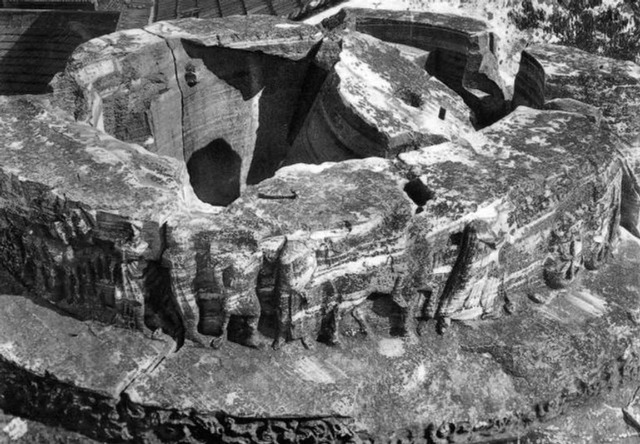
Despite its impressive stature and significance, the Column of Arcadius fell into a state of disrepair after the collapse of the Byzantine Empire. The column, largely destroyed in 1719, was left in ruins, although it had already been extensively documented in the 16th and 17th centuries. Various travelers and artists, such as those in the Freshfield Album and works by Sandys, captured its structure, providing us with invaluable insights into what the column looked like in its prime.
The detailed drawings from these periods show the column as a towering monument, intricately decorated with reliefs and adorned with statues that would have commanded the attention of anyone passing through the area. By the time of the Ottoman Empire, the column was relegated to a mere curiosity and eventually became part of the “Women’s Market” district in Istanbul, further fading from its former glory.
The Column in Ottoman Constantinople
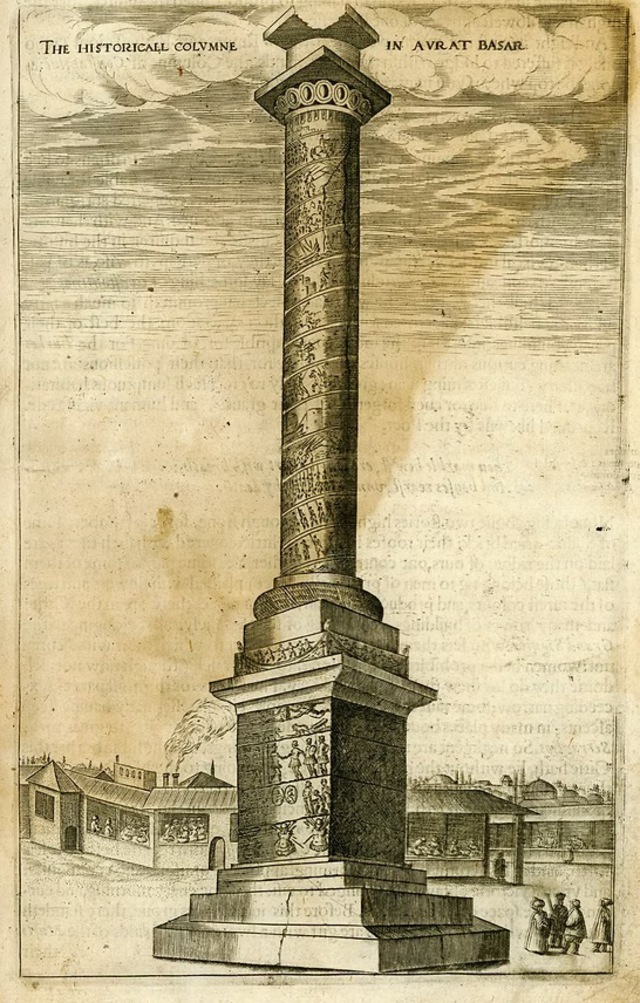
When the Ottomans conquered Constantinople, the column took on a new life. It was situated in the area now known as Avrat Pazarı, or the Women’s Market, and became a part of the cultural fabric of Ottoman Istanbul. Evliya Çelebi, the famous Ottoman traveler, described the column’s role in local myth, noting that it was believed to have magical properties that could attract birds. The legend stated that birds that flew near the column would fall to the ground, providing food for the city.
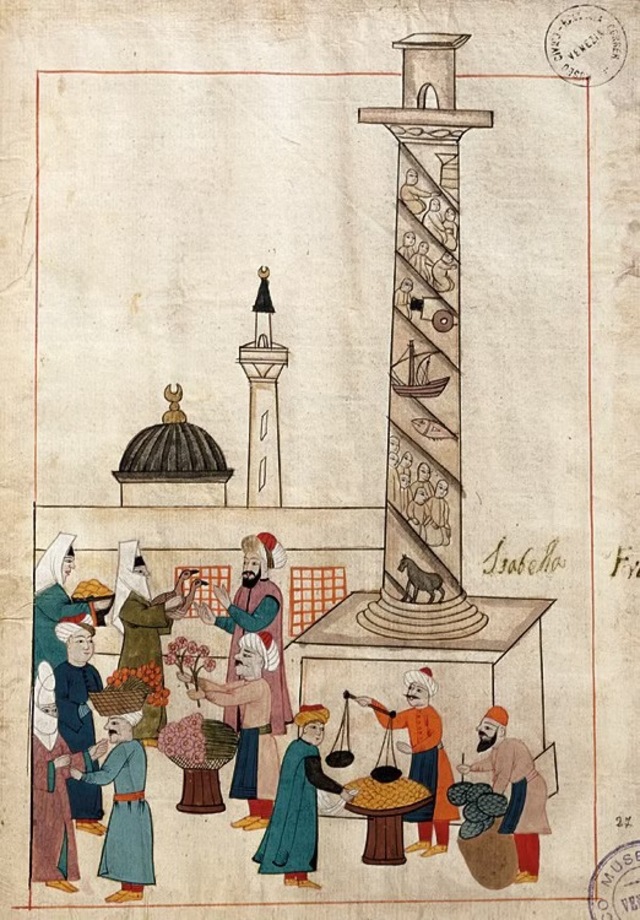
This folk belief adds an almost mystical layer to the column’s long history. While the column’s original imperial and religious significance may have faded over time, its presence continued to captivate the imagination of the people who lived nearby. This blend of ancient history with local folklore is a testament to the enduring influence of monumental architecture and its ability to inspire both reverence and wonder through the ages.
Archaeological Excavations and Discoveries
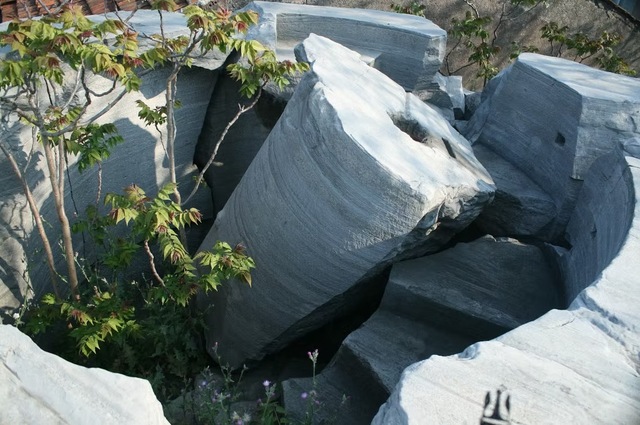
The surviving remnants of the Column of Arcadius have been the subject of numerous archaeological investigations over the years. Modern researchers have relied heavily on historical texts and drawings from earlier periods to reconstruct the column’s appearance. Notable among these is the work of Pierre Gilles, who documented the column in the 16th century, and the subsequent reconstructions by scholars like Gurlitt in the early 20th century.
In recent years, the study of the column has been bolstered by the continued exploration of the area around it. Excavations in Constantinople have unearthed further clues about the column’s surroundings, including details about the Forum of Arcadius and its connection to other imperial monuments. These discoveries contribute to our understanding of Byzantine urban planning and the role of monumental columns in shaping the public image of the emperor.
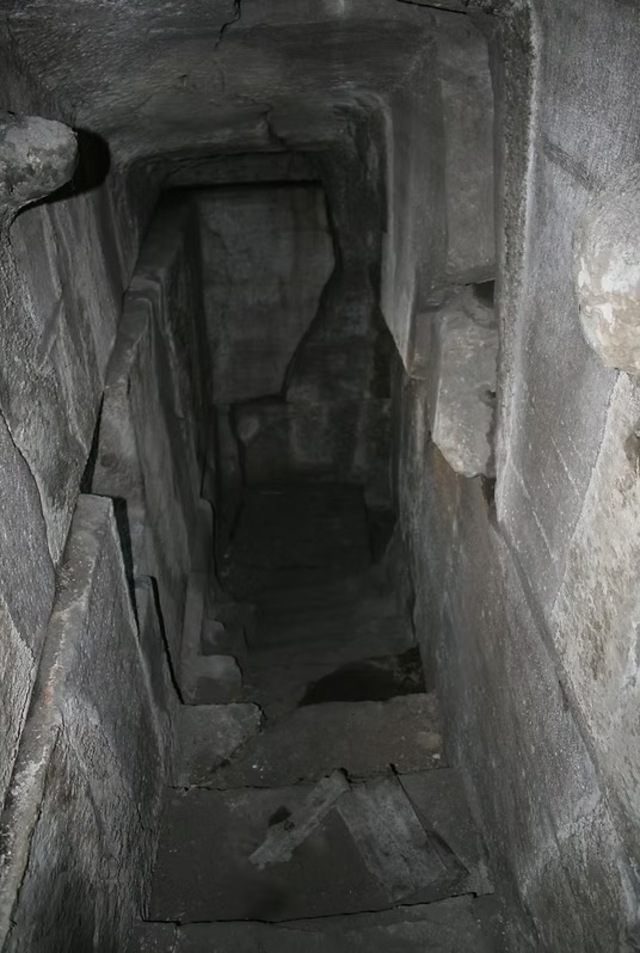
Maps, Travelogues, and Artistic Depictions
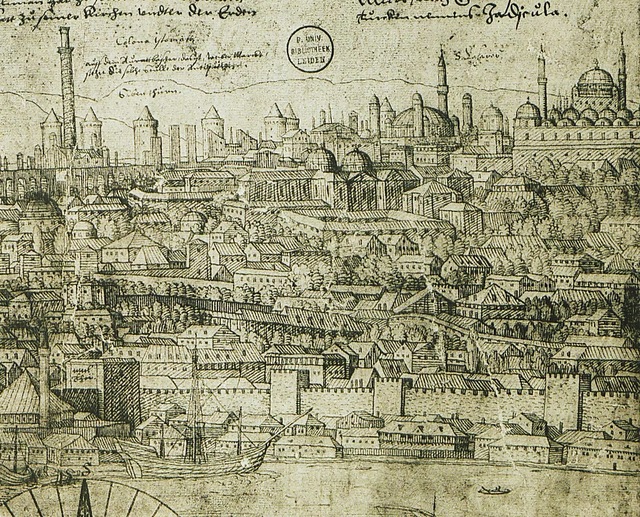
The Column of Arcadius was captured in numerous maps and travelogues, which helped preserve its image long after it fell into ruin. Early 16th-century maps and illustrations, such as those by Melchior Lorck and Braun-Hogenberg, offer valuable visual documentation of the column’s design and placement. These artistic renderings continue to inspire a sense of awe and fascination, allowing modern audiences to visualize the column as it stood in its original glory.
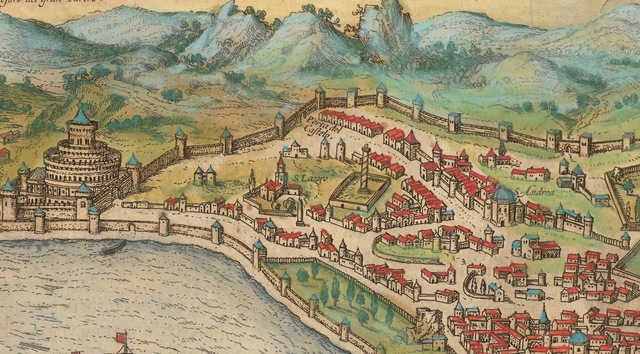
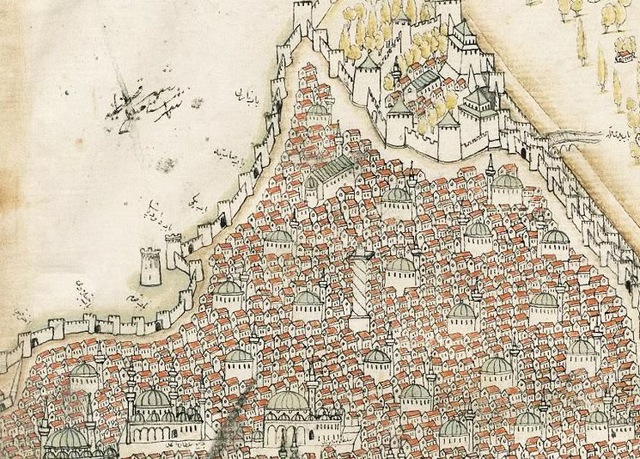
Furthermore, the column’s representation in these works emphasizes the importance of art and travel in the dissemination of knowledge about ancient monuments. As explorers and artists traveled through the Mediterranean, they documented the landmarks of the ancient world, helping to keep the memory of monuments like the Column of Arcadius alive for future generations.

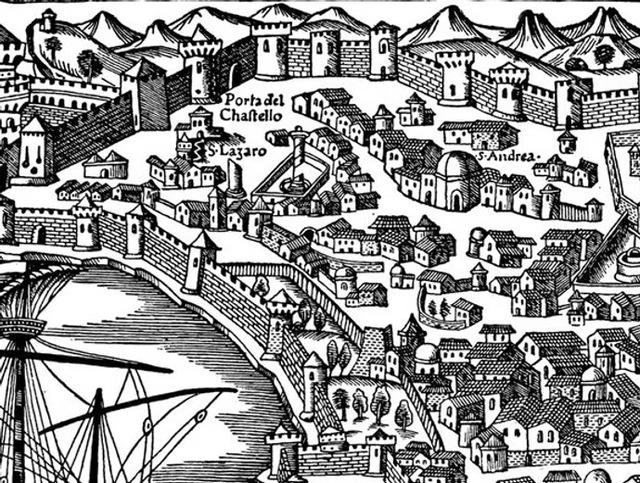
Visualizing the Grandeur of the Column of Arcadius
To enhance your understanding of the Column of Arcadius and its historical context, we’ve included a collection of images depicting various perspectives of the column’s remnants and architectural features. These visuals provide a vivid insight into the artistic craftsmanship and the monument’s grand design, offering a closer look at the intricate carvings and the scale of the structure.
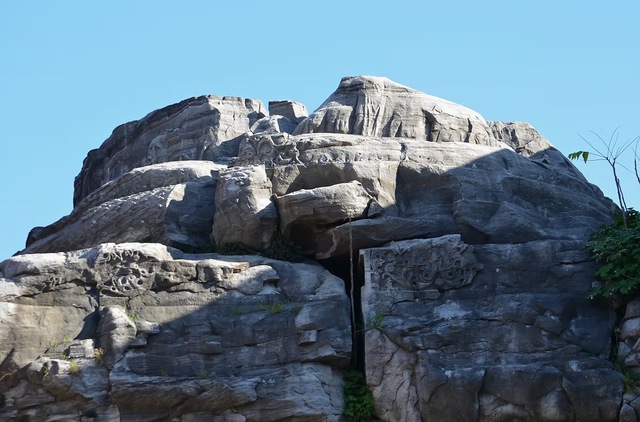
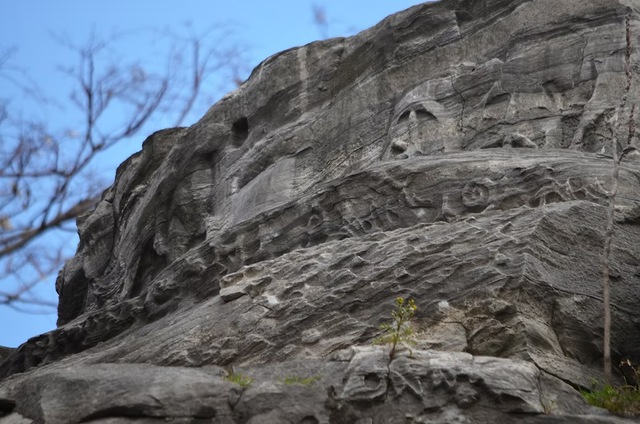
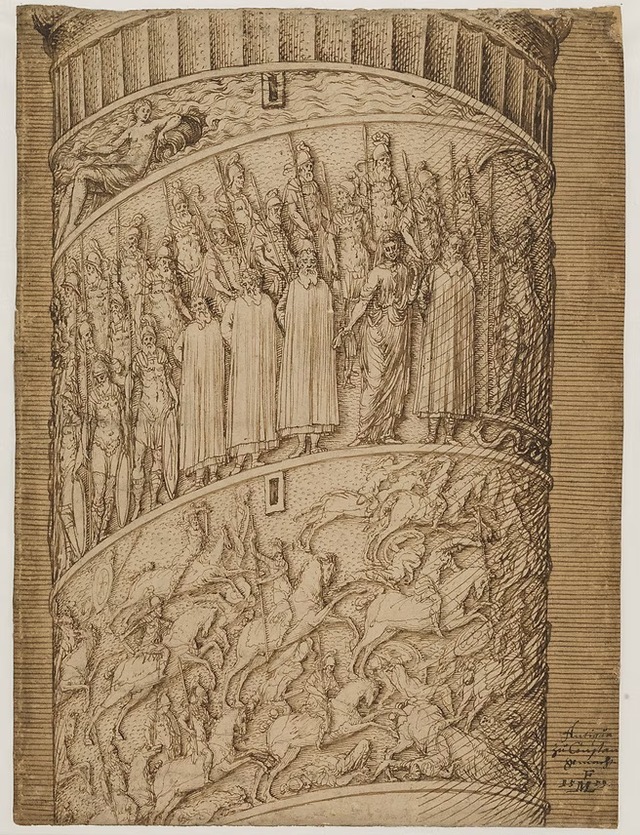
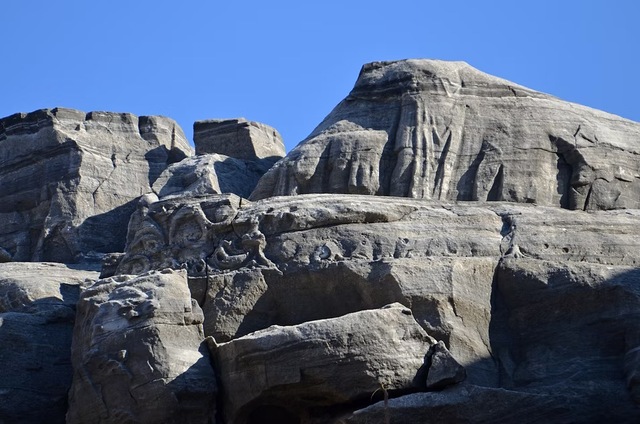
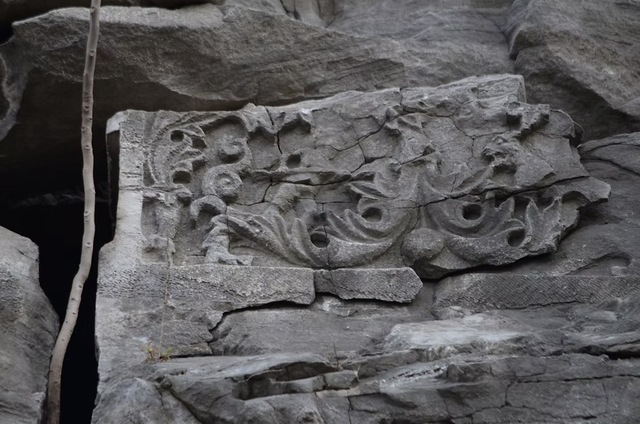
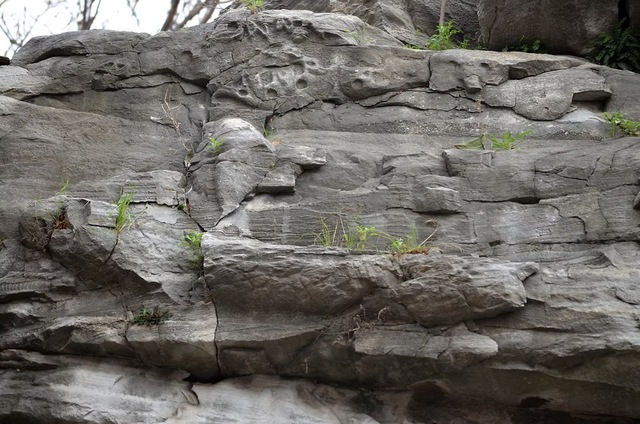
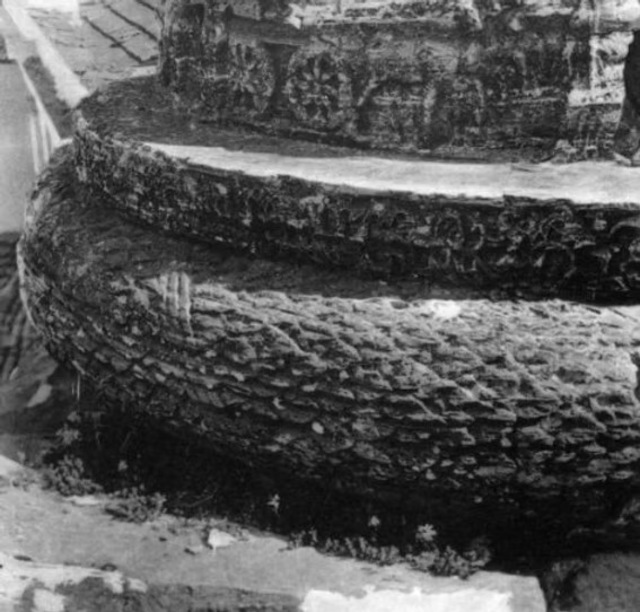
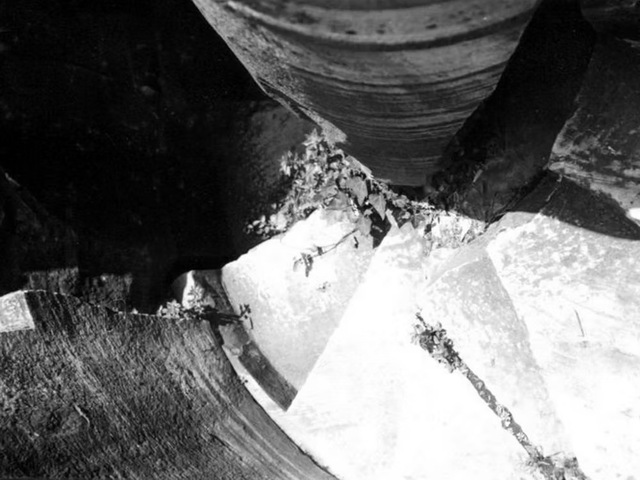

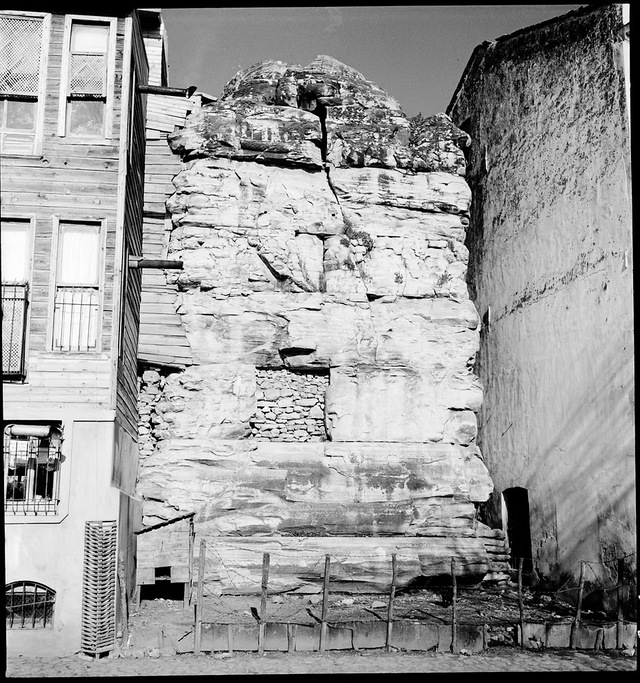
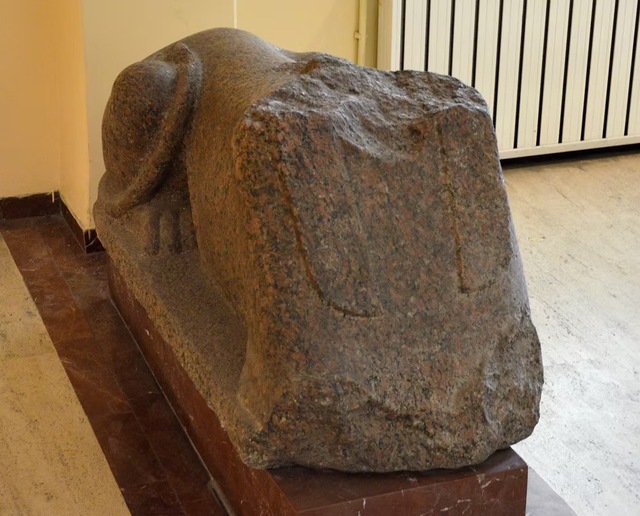
Video
Watch the video of Mehmed VI being crowned as the last Sultan of the Ottoman Empire in 1918.
Conclusion: The Legacy of the Column of Arcadius
The Column of Arcadius remains one of the most iconic and historically significant monuments of Byzantine Constantinople. Although much of the structure has been lost, the surviving fragments and the rich documentation from past centuries continue to offer insights into the cultural, military, and religious life of the Byzantine Empire. The column’s role as both a symbol of imperial power and divine favor highlights the complex relationship between politics and religion in the Byzantine world.
As scholars continue to study the remnants of the Column of Arcadius and other monuments from the period, we gain a deeper appreciation for the grandeur and complexities of the Byzantine Empire. Despite its fall and eventual decay, the legacy of the Column of Arcadius endures, reminding us of a time when empires were built not only on military might but on the power of symbols and belief.



